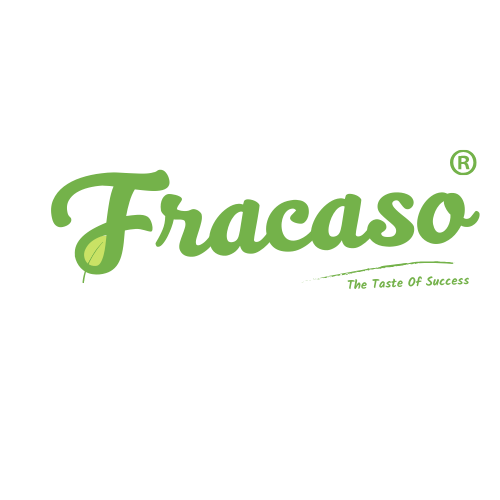
What is Vata Dosha?
Ayurveda, the ancient science of healing, believes that the universe is composed of five elements – aakash (space), vayu (air), agni (fire), prithvi (earth) and jala (water).
These elements come together to form three doshas – vata, pitta, and kapha. A unique ratio of these defines a person’s Ayurvedic constitution. Vata, one of the main three doshas in Ayurveda, represents light, dry, cold and mobile qualities.
People with a predominance of Vata in their constitution often tend to be creative and full of energy. They are also highly enthusiastic individuals. But if their body is out of balance, they can also be prone to stress and restlessness.
It controls all the physiological functions of the body, such as nerve impulses, circulation, menstruation, and the movement of muscles and tissues. It is essential to be aware of the Vata characteristics, especially when it comes to health and wellbeing. Knowing how these attributes affect us can help us live better lives that are in balance with our natural biorythms, leading to greater emotional, physical, and mental wellbeing.

Characteristics of VATA
- Dry
- Rough
- Subtle
- Mobile
- Cold
- Light
Physical characteristics of vata
- Thin body build
- Weak digestion
- Enthusiastic
- Dry skin and hair
- Cold limbs
- The sudden encounter of tiredness & fatigue
Emotional characteristics of vata
Strengths:
- Very Active Mind & like Excitement.
- Quick to forgive.
- Energetic.
- Creative and artistic.
- Flexible.
Weaknesses:
- Forgetful.
- Anxious.
- Unstable mood.
- Highly sensitive.
- Can get overwhelmed easily.
Vata Sthana (sites): the urinary bladder, large intestine, lumbar region, thigh, foot and bones.
Vata diet is a combination of highly nourishing and fulfilling food items that improves digestion, stimulates and improves appetite. Support elimination and nourishes well the body
General qualities of vata pacifying food are- food should have a sweet, salty, sour taste and warm, oily, moist, and heavy qualities.
Causes for Vata Imbalance:
- Weather condition- dry and cold weather can increase vata
- Consumption of pungent, bitter, dry, and cold food can aggravate vata
- Cold behaviour and dry emotions can also imbalance vata
Symptoms of vata imbalance:
Behavioural:
- Excessive speech and movements
- Confusion and fearfulness
- Irrationality and agitation
- Anxiety and nervousness
- Desire to run away
- Feeling of grounded
Physical:
- Loss of appetite and gas formation leading to distension of abdomen
- Constipation
- Rough and dry skin
- Dehydration
- Generalized body pain
- Sleep disturbances
- Tremors
- Weakness and fatigue
- Sensitivity to cold
- Craving for warmth
- Excess thinking and worrying
- Low body weigh
Diet for vata types:

Eat hot meals at regular times
Suka dhanya (cereal grains) for vata:
Grains are good for vata person as long as we consume well cooked and spiced.
brown rice, wheat, boiled oats, quinoa
Shami dhanya (pulses) for vata:
No beans, except green gram, urad dal, mung dal, masoor dal, and blank lentils
Shuka varga (vegetables) for vata:
Radish, carrots, spinach, sweet potato, onions, asparagus, sprouts, tomatoes, celery, garlic
Phala varga (fruits) for vata:
Dry fruits should be consumed 1 hour before food in a small quantity.
Sweet fruits should be consumed such as apple, banana, mangoes, grape, oranges, papaya, peaches, pineapples, plums, cherries, berries, avocado and apricots, coconuts, fresh figs, soaked raisins.
Meat for vata:
Fish, chicken, and white meat
Sweeteners for vata:
Jaggery and brown sugar
Milk products:
Milk, paneer, ghee, cream, butter, yogurt
Oils:
Sesame oil, olive oil, cold-pressed walnut oil
Spices:
Basil, ajwain, hing(asafoetida, turmeric, cumin, clove, cardamom, coriander, fennel, black pepper, thyme, cinnamon, nutmeg, mustard seed, fenugreek, mint, rock salt, rosemary, dried mango powder, pomegranate seeds, black pepper.
Herbs:
Curry leaves, fresh basil, fresh ginger root, mint, fennel, parsley, cilantro
Nuts and seeds:
Almonds, walnuts, pine nuts, pistachios, cashew, sunflower seeds, pumpkin seeds
Vata Imbalance Diet to Avoid:
Cold and uncooked food, carbonated drinks, raw fruits, and frozen drinks, leftovers from refrigerators, caffeine, nicotine, hard alcohol, deep-fried food.

Lifestyle routines for balancing vata
- Dinacharya: maintain a regular sleep-wake schedule
- Three meals and a similar pattern of work
- Abhyanga with medicated oil: massage your face daily for 20-30 min with almond or jojoba oil to pamper dry skin and to promote circulation. It also nourishes and tones muscles and nerves.
- Nasya: with vata pacifying oil.
- Use moisturizers to keep your skin smooth and healthy.
- Stay warm in cold weathers.
Daily walking helps in balancing vata dosha
- Take a break from travelling: because it imbalance vata.
- Keep yourself warmer by covering your head with a scarf.
- Take regular breaks from electronic gadgets.
- Cultivate comfort and softness
- Try silence because talking imbalance vata.
- Meditation: practice a few minutes of meditation daily.
- Stay hydrated and stays stress-free.
- Routine yoga and walking for 20min will help in balancing vata
